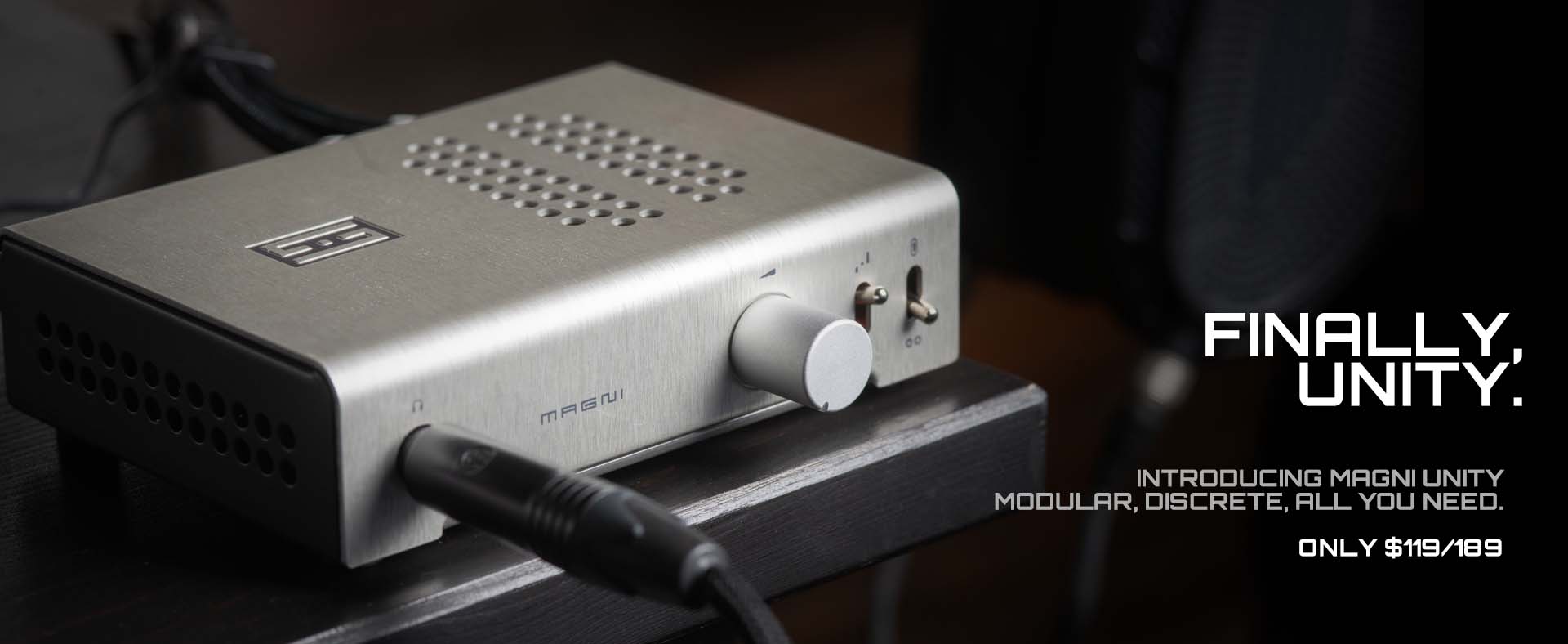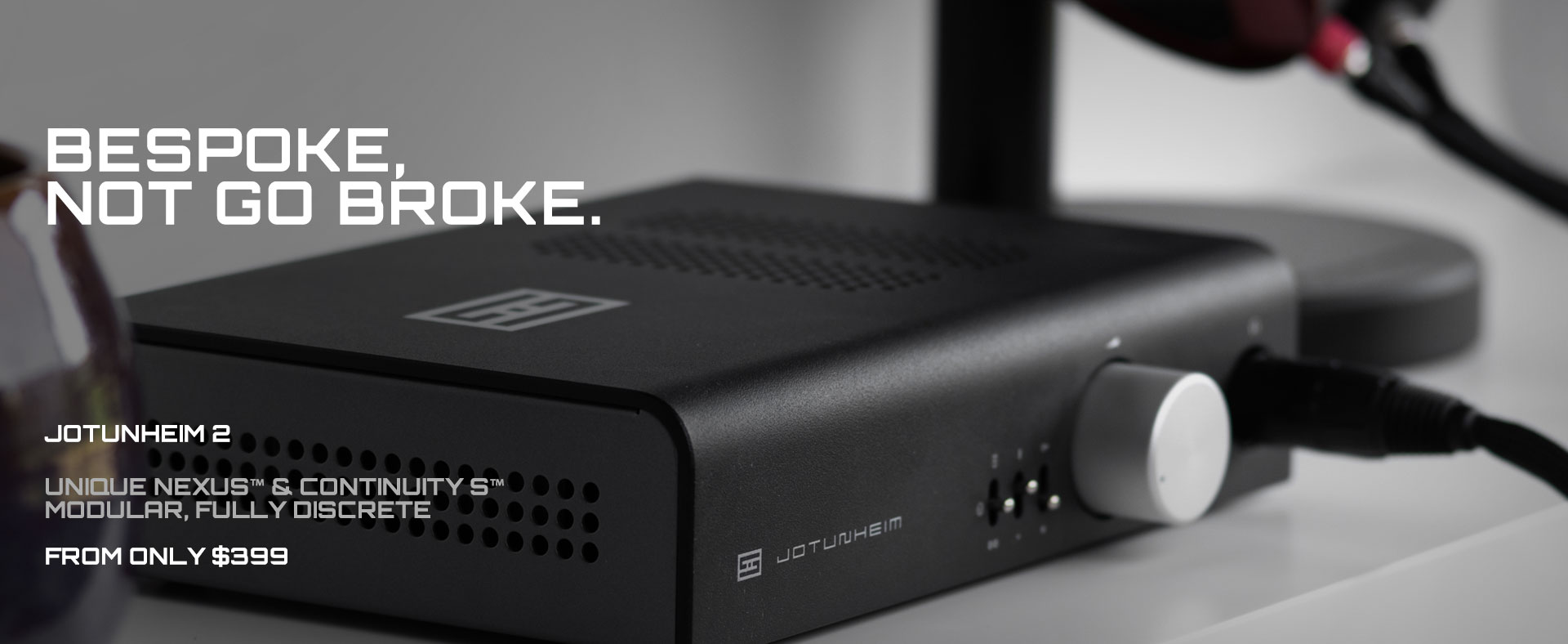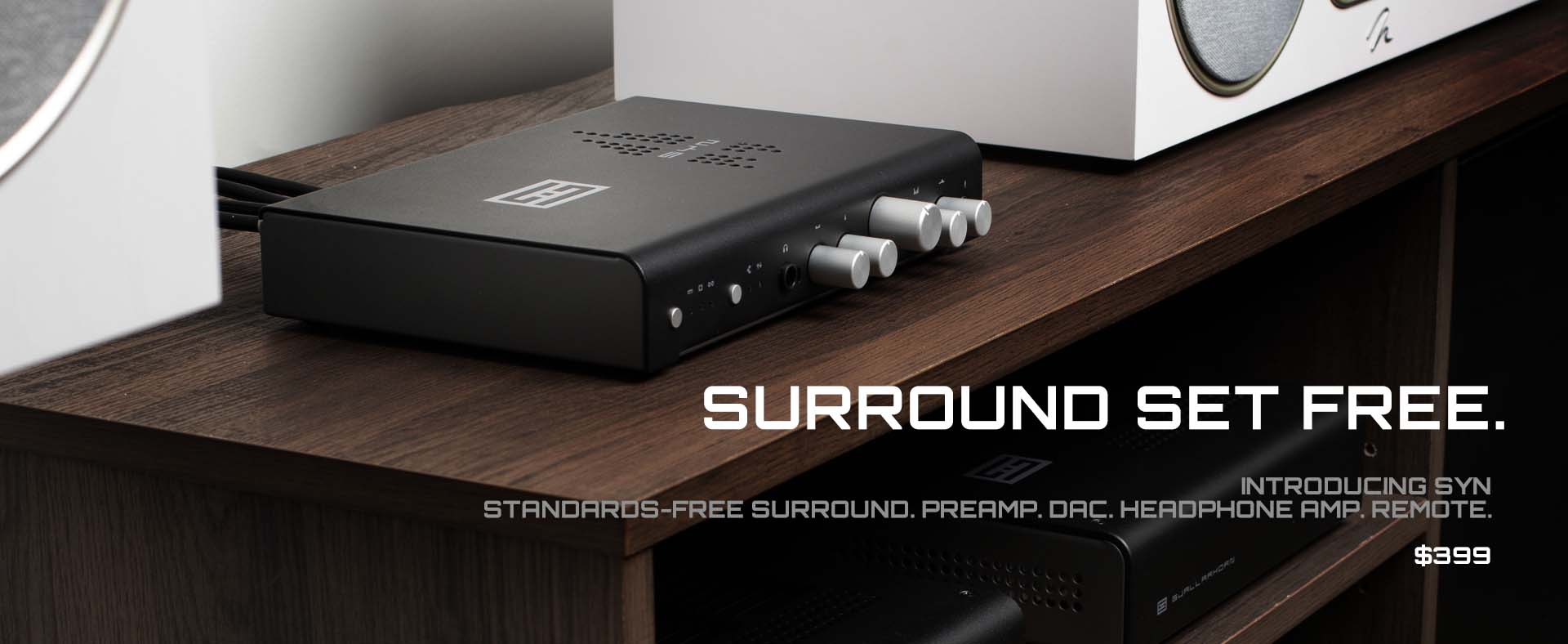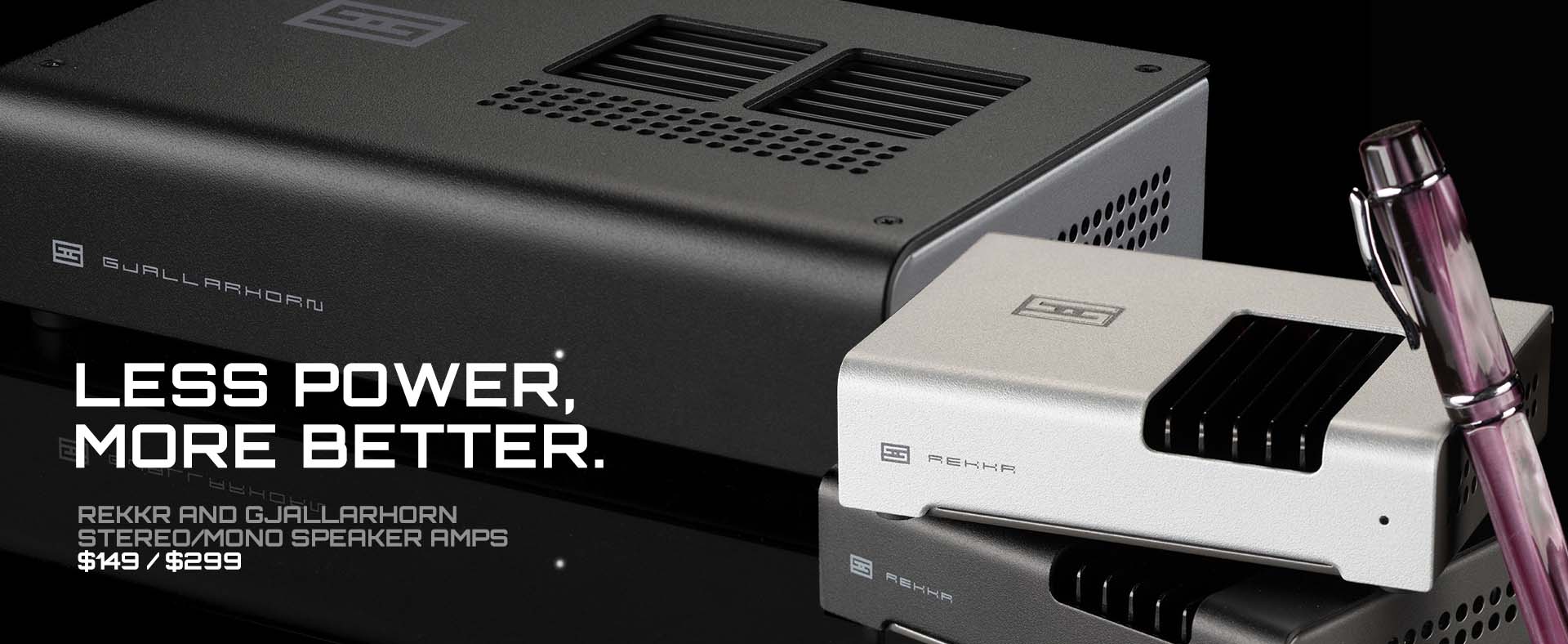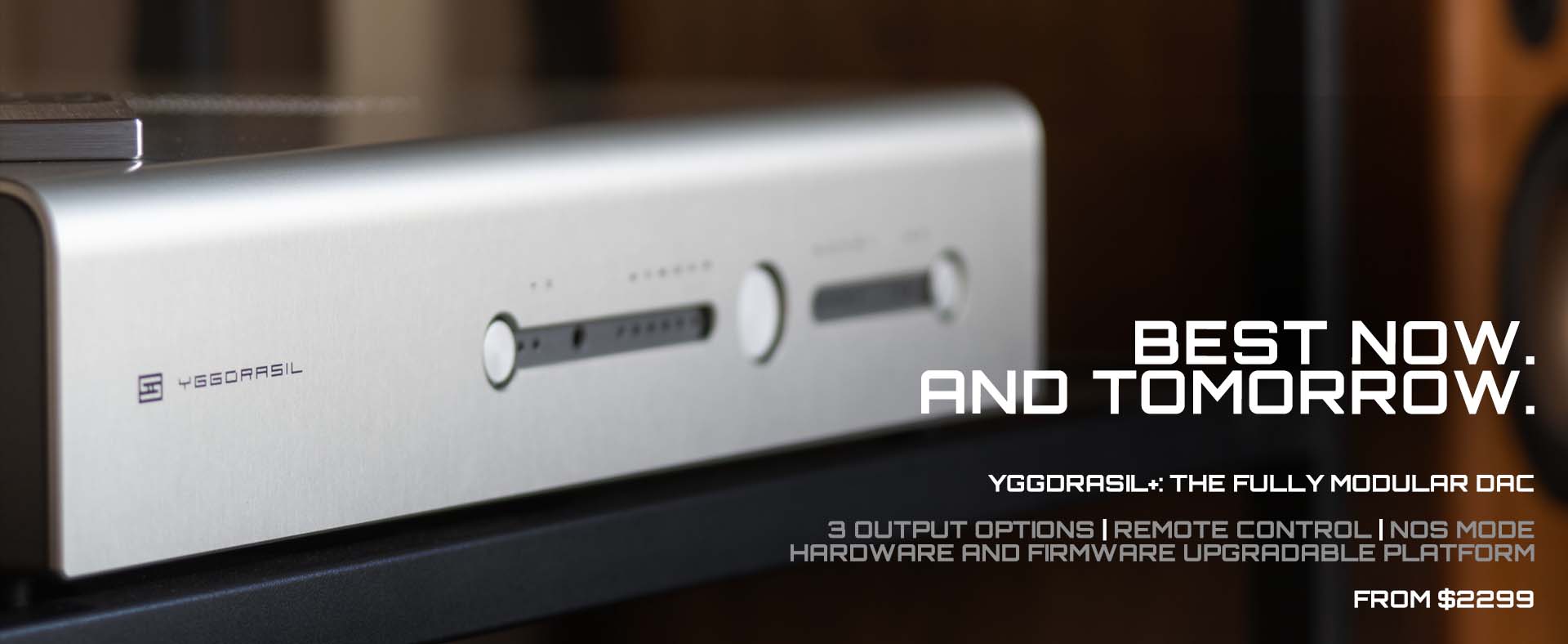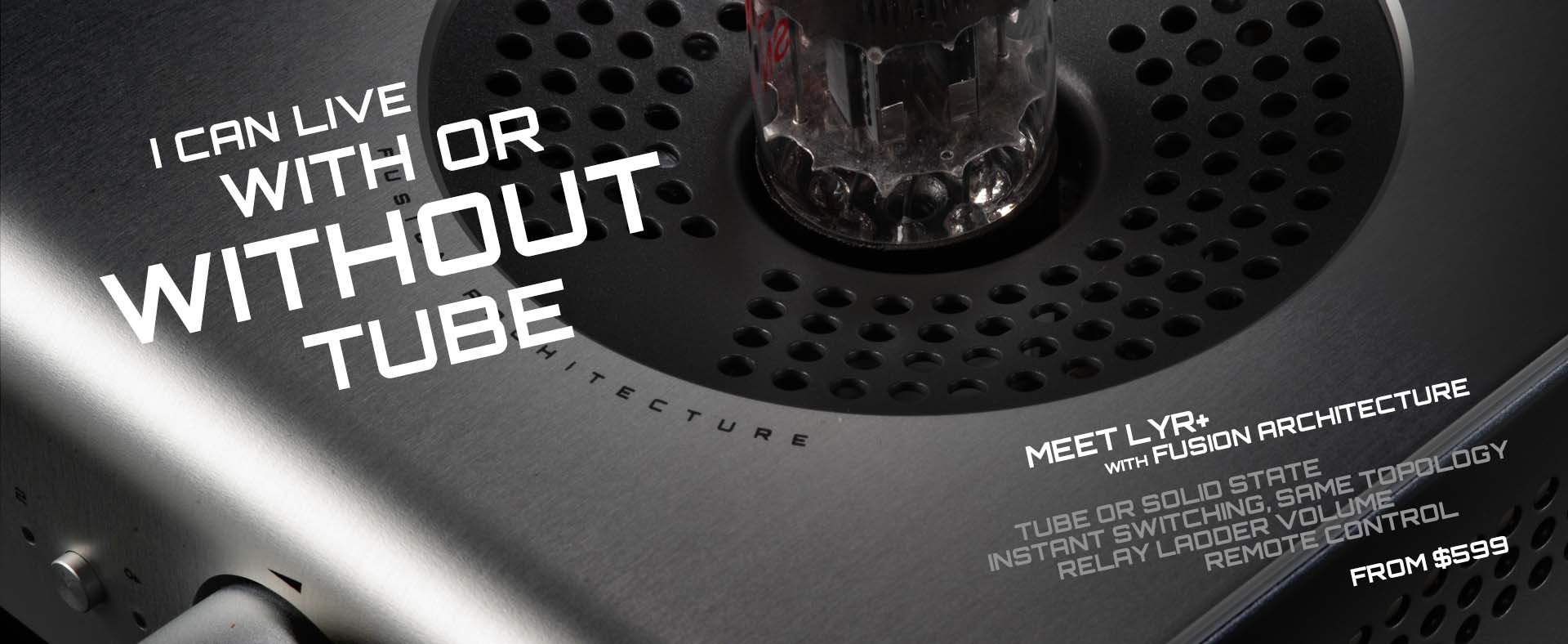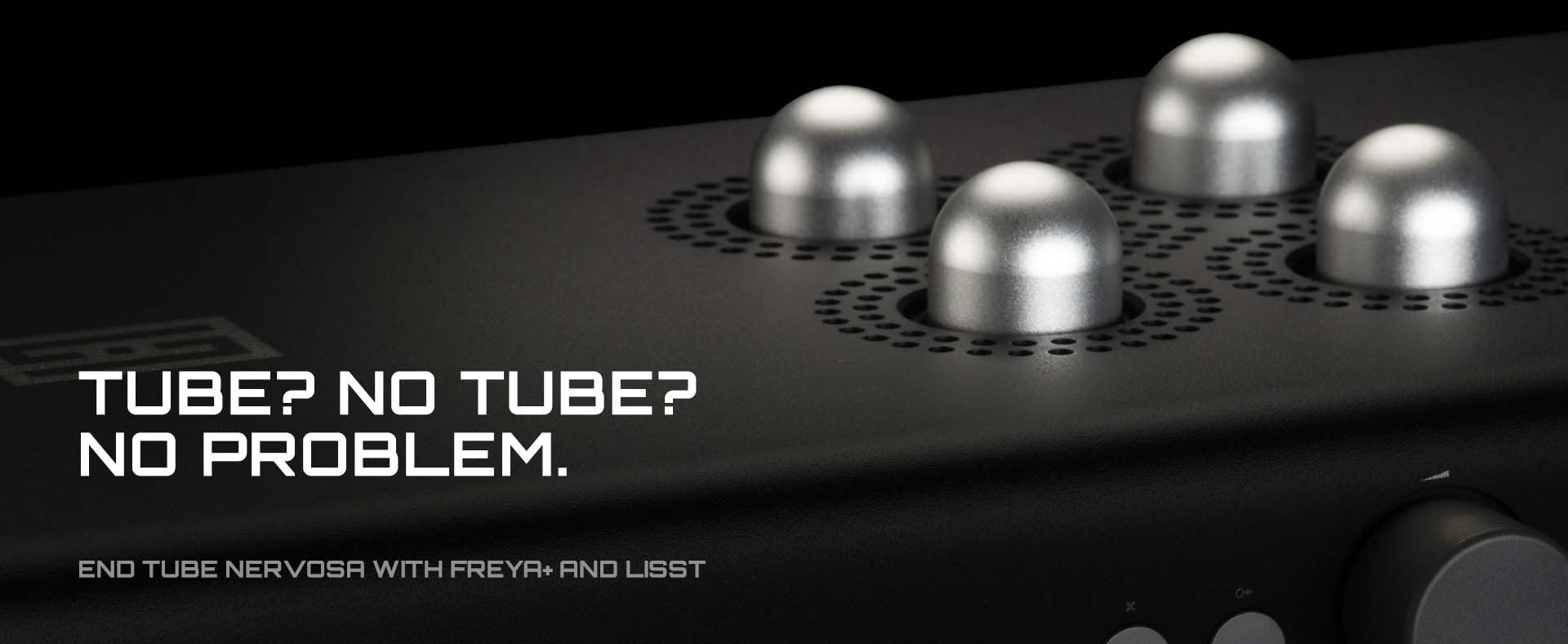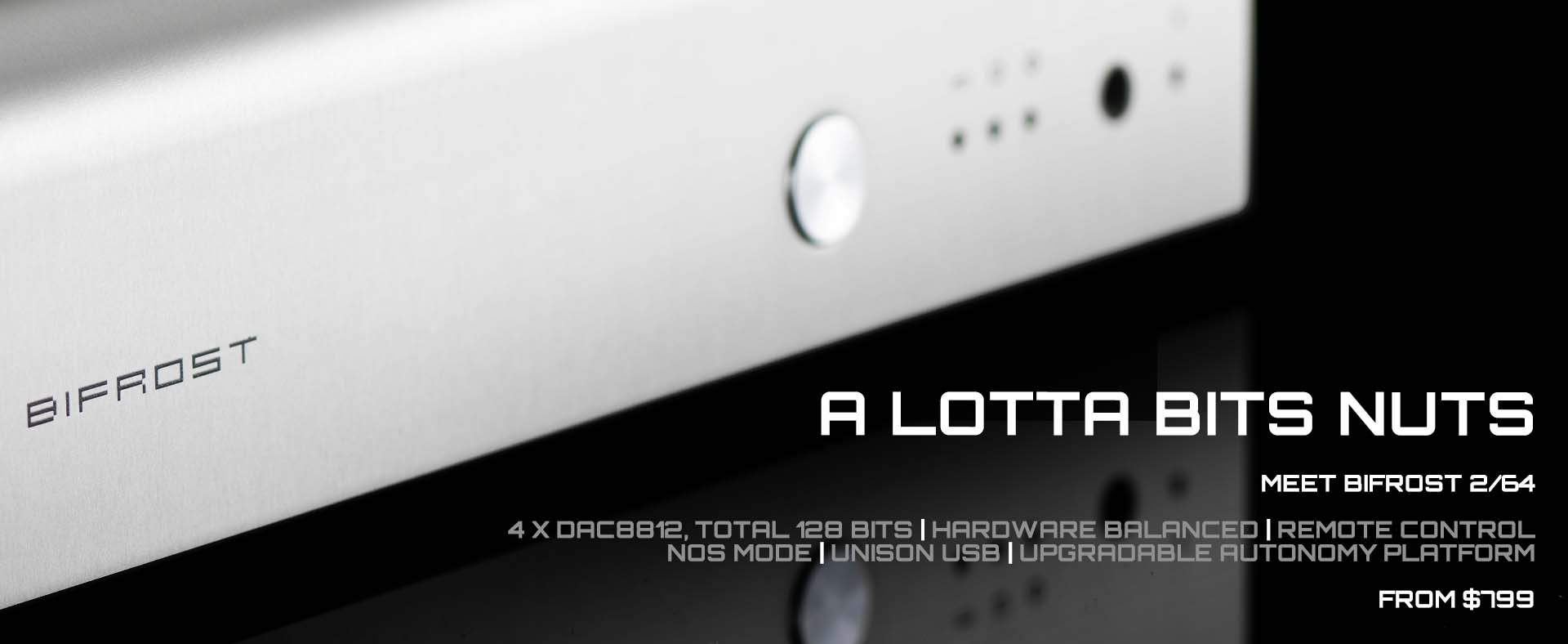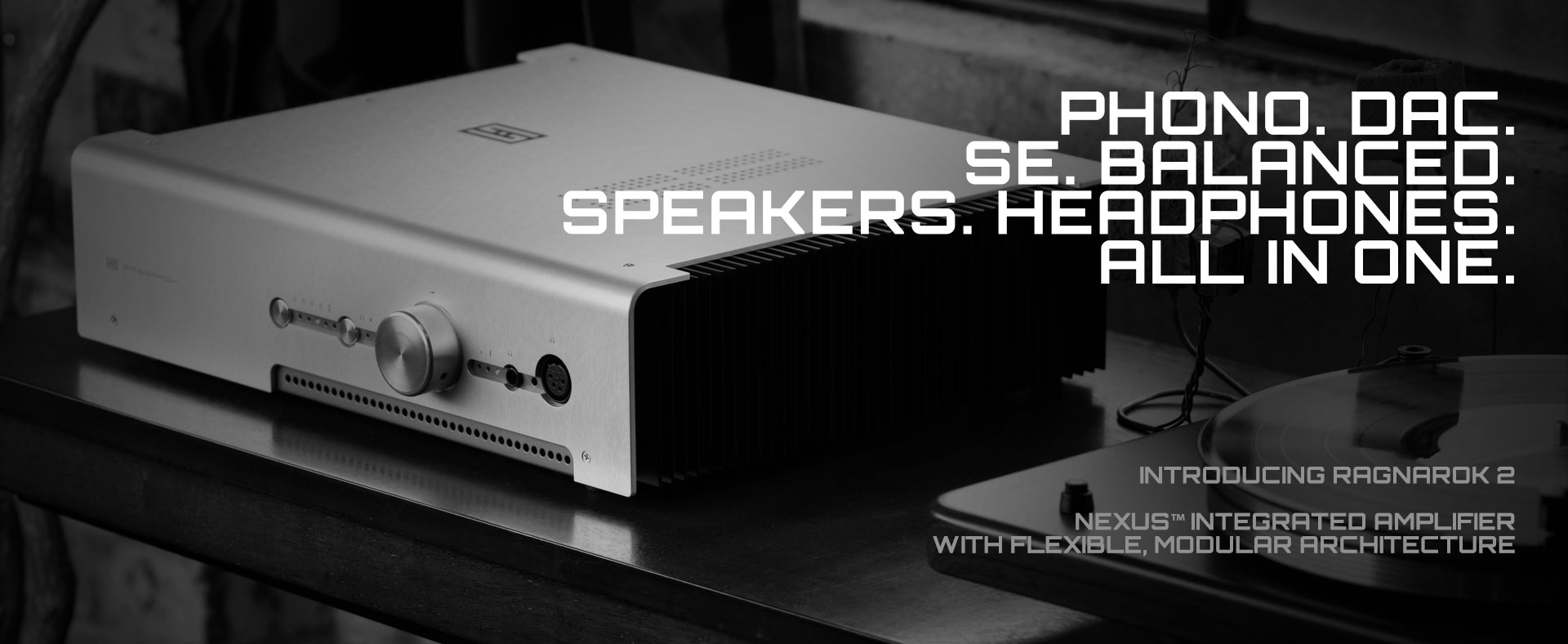Yes, that is our name. Shih-tah. It's a proud German name, host to a long line of audio engineers who slaved away in crumbling Teutonic fortresses as lightning lashed the dark lands outside, working to perfect the best amplification devices in the world...
Or, well, no. Yep, Schiit is our name, and it's pronounced, well, like "hey man, that's some really good Schiit!" And now that we have your attention...


